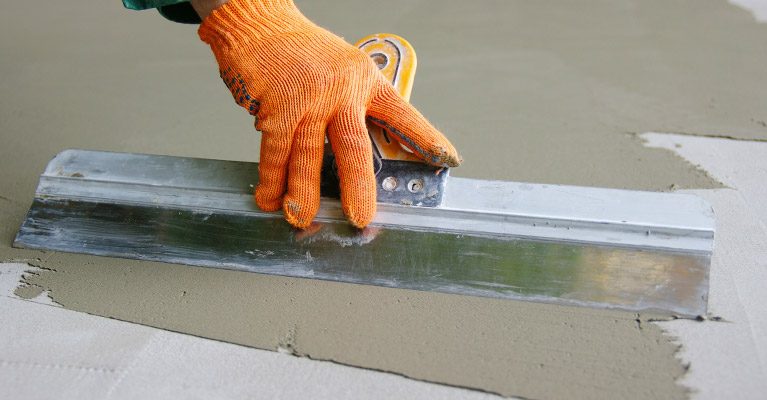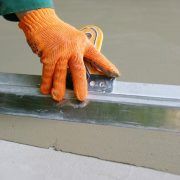
If moisture isn’t dealt with effectively, it can cause a lot of damage to a building. Water ingress affects everything. It compromises the structural integrity and allows mould to grow. Therefore, it has to be addressed immediately to maintain the optimum functionality of the building.
Cementitious waterproofing is a tried and true way that protect your home from moisture without additional hassle. This guide explores the benefits, methods, and applications of cementitious waterproofing while identifying the best cement for waterproofing. Join us as we highlight the importance of using water-resistant cement.
Explaining The Fundamentals of Cementitious Waterproofing
Cementitious waterproofing is a process of applying a cement, sand, and special additives mix, to make a waterproof surface. This method is very effective in protecting both interiors and exteriors from water penetration. Bathrooms, roofs, basements and other areas known to moisture are widely used.
Versatility is a key feature of cementitious waterproofing. This material provides long-lasting protection against leaks and seepage and is available for use on many surfaces including concrete and masonry.
Applications of Cementitious Waterproofing
- Bathroom Waterproofing
High moisture areas like bathrooms are liable to suffer from water damage. Conceivably, cementitious waterproofing offers an impermeable water barrier that keeps walls and floors free from water. Its purpose is to provide a watertight layer between the upper finish, such as tiles, and the underlying structure.
- Waterproofing of Roof
The ever-changing weather conditions on roofs make them prone to leaking. Cementitious waterproofing offers a strong and tough shield against rainwater to ensure the roof remains intact and leakage-free.
- Basement Protection
There are typical dampness and water seepage issues with basements. Cementitious waterproofing applied to walls and floors prevents moisture from entering, protecting your basement from the structural damage and mould growth to which it is so vulnerable.
- Water Tanks and Pools
It is also used to line water tanks and swimming pools from leaking and ensure structural integrity.
Types of Cement Used for Waterproofing
Whatever the cement type we use, the issue of cement waterproofing cannot be ignored. Here’s an overview of which cement is best for waterproofing:
- Portland Pozzolana Cement (PPC): PPC is known for its excellent waterproofing efficacy and reduced permeability. As such, its finer particles help seal micro-cracks, making it very effective for roofs and bathrooms.
- Hydrophobic Cement: Due to its water-repellent properties, this cement will be your best friend in areas vulnerable to excessive moisture.
- Blended Cement: Blended cement is a mix of OPC and pozzolanic materials (such as fly ash) offering better water resistance. It is primarily used in situations requiring basement or other high moisture areas.
The Primary Benefits of Cementitious Waterproofing
- Durability: Cementitious waterproofing produces a long-life waterproof layer that resists water penetration for years.
- Ease of Application: It is a simple process which doesn’t need much technical expertise, making it suitable for professionals, as well as, DIY enthusiasts.
- Cost-Effective: Cementitious solutions are more economical than other waterproofing methods, yet effective.
- Adaptability: It can be applied to several surfaces from concrete walls, to tiled floors making it one of the more useful methods for covering surfaces.
- Resistance to Chemicals: Cementitious waterproofing works well to protect against mild chemicals, thus suitable for water tanks and such applications in industrial uses.
Effective Steps for Cementitious Waterproofing
- Surface Preparation: Clean the surface with a good degreasant to remove dirt, grease, and loose particles. Make sure it’s level and crack-free.
- Mixing: Following the manufacturer’s instructions, cement, sand and waterproofing additives are combined. Add the water gradually so the consistency all turns out nice.
- Application: Then, apply the mixture evenly by brushing or trowelling over the surface. As an added level of protection, apply 2 or more coats allowing each coat to dry before applying subsequent coats.
- Curing: Let the waterproofed surface dry out for a few days to attain the best results.
Common Mistakes to Avoid
- Insufficient Surface Preparation: Failure to clean or remedy cracks will result in less-than-perfect adhesion, and consequently less than full effectiveness.
- Incorrect Mixing Ratios: Wrong cement, sand and additives proportions can weaken the waterproofing layer.
- Neglecting Curing: Proper curing is necessary for optimal water resistance and durability.
Final Overview
One of the better and more reliable ways to protect your home from moisture is weathertightness through cementitious waterproofing. Whether you need bathroom waterproofing, waterproofing of roof, or protection for basements and water tanks, this solution offers durability, ease of application, and cost-effectiveness.
Using water-resistant cement, such as PPC, ensures enhanced performance and longevity. Knowing the process and not making common mistakes will protect your home from moisture and maintain the structural integrity for years.











